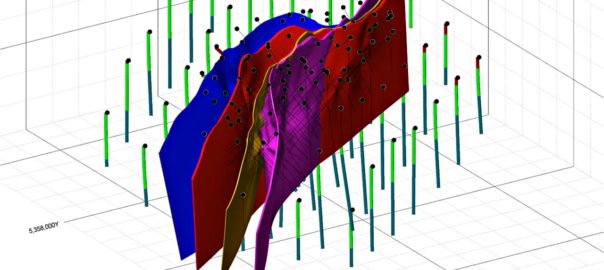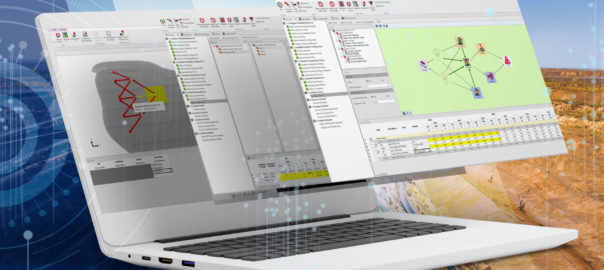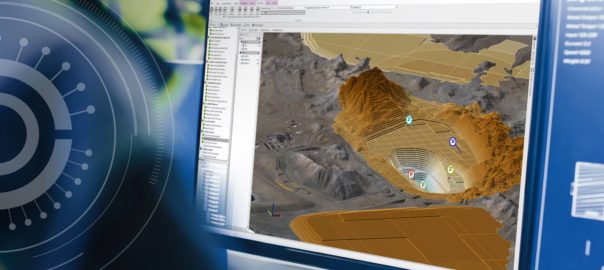Vela Software Group, owner of Datamine, acQuire, Minemax, Centric and Snowden-Optiro, has announced the acquisition of Geovariances, a leader in geostatistics with over 30 years’ experience.
Headquartered in Fontainebleau, France, Geovariances is the developer of Isatis.neo, a leading solution for complex geospatial challenges in mining, oil & gas, nuclear decommissioning, contaminated soil and air & water quality, Vela said.
Dylan Webb, CEO of Datamine, said: “The Geovariances acquisition is a highly complementary addition to Vela’s mining software portfolio. Adding the renowned Isatis.neo application to our natural resources and environmental modelling solutions will deliver even greater value to customers.
“The opportunity to work more closely with the Geovariances team will enable us to deliver the most advanced geostatistics solutions to our customers and constantly incorporate the latest research.”
Geovariances CEO, Jean-Paul Roux, said: “By joining Vela Software, Geovariances will become closer to Vela-owned companies operating in the mining industry, such as Datamine, acQuire, Minemax, Centric and Snowden-Optiro. We are confident that this connection with firms similar to ours will allow us to develop synergies that will benefit our customers. We’ll also benefit from Vela’s presence in 20 countries to provide our clients with more efficient local support.”















